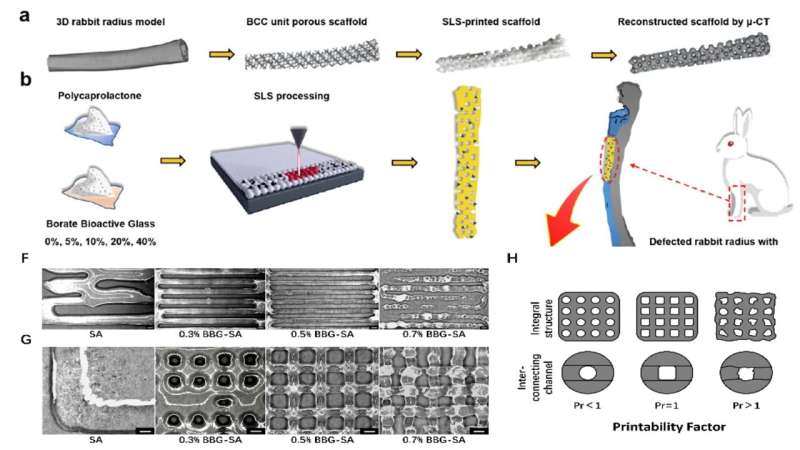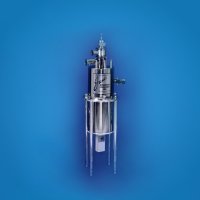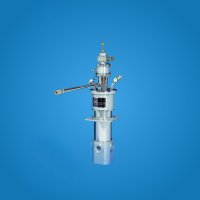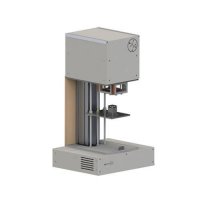About Us
Quantum Design has been active in Latin American since 1998. In 2010 the Latin America office was opened in Brazil to meet the needs of the sizable and growing research base using Quantum Design Equipment.
The office is fully operational where new features are continually being added to facilitate activities for researchers.
We are fortunate to be able to represent a very good line of other scientific instrumentation companies to service Latin America.
CONFERENCES
-
 Oct/2024
21/10/2024 - 24/10/2024 | 08:00
6th International Conference on Materials Science - ICMS Chile
Oct/2024
21/10/2024 - 24/10/2024 | 08:00
6th International Conference on Materials Science - ICMS Chile
-
 Oct/2024
28/10/2024 - 01/11/2024 | 08:00
XIX Physics Week - UFSCAR
Oct/2024
28/10/2024 - 01/11/2024 | 08:00
XIX Physics Week - UFSCAR
-
 Oct/2024
30/10/2024 - 01/11/2024 | 09:00
XV SBMM Symposium on Life Sciences
Oct/2024
30/10/2024 - 01/11/2024 | 09:00
XV SBMM Symposium on Life Sciences
-
 Oct/2024
30/10/2024 - 01/11/2024 | 08:00
VI Postgraduate Symposium in Physics - UFV
Oct/2024
30/10/2024 - 01/11/2024 | 08:00
VI Postgraduate Symposium in Physics - UFV
-
 Oct/2024
30/10/2024 - 31/10/2024 | 08:00
XVII Science on Stage
Oct/2024
30/10/2024 - 31/10/2024 | 08:00
XVII Science on Stage
Blog
-
 Researchers crack a key problem with sodium-ion batteries for electric vehicles and grid energy storage
Lithium-ion batteries have long dominated the market as the go-to power source for electric vehicles. They are also increasingly being considered for storage of renewable energy to be used on the electric grid. However, with the rapid expansion of this market, supply shortages of lithium are projected within the next five to 10 years.
Read More
Researchers crack a key problem with sodium-ion batteries for electric vehicles and grid energy storage
Lithium-ion batteries have long dominated the market as the go-to power source for electric vehicles. They are also increasingly being considered for storage of renewable energy to be used on the electric grid. However, with the rapid expansion of this market, supply shortages of lithium are projected within the next five to 10 years.
Read More
-
 Chemical imaging method holds promise for separate overlapping fingerprints
A new study from the Department of Forensic Medicine at Aarhus University is the first in the world to analyze fingerprints on gelatin lifters using chemical imaging. This could be crucial in criminal cases where current methods fall short.
Read More
Chemical imaging method holds promise for separate overlapping fingerprints
A new study from the Department of Forensic Medicine at Aarhus University is the first in the world to analyze fingerprints on gelatin lifters using chemical imaging. This could be crucial in criminal cases where current methods fall short.
Read More
-
 3D bioprinting materials offer possibility for better bone and soft tissue repair
Read More
3D bioprinting materials offer possibility for better bone and soft tissue repair
Read More
Products
-
 VT SPM
VT SPM
-
 SuperVariTemp Cryostat Systems - Sample in Flowing Vapor
SuperVariTemp Cryostat Systems - Sample in Flowing Vapor
-
 Ulvac Liquid Nitrogen Plants 14 L/day
Ulvac Liquid Nitrogen Plants 14 L/day
-
 PPMS VersaLab™
PPMS VersaLab™
-
 Phase FMR-8
Phase FMR-8
-
 nGauge AFM
nGauge AFM
-
 Gaussmeters/Teslameters
Gaussmeters/Teslameters
-
 SuperTran-VP Continuous Flow Cryostat Systems - Sample in Vapor
SuperTran-VP Continuous Flow Cryostat Systems - Sample in Vapor
-
 Quantum Diamond Microscope
Quantum Diamond Microscope
-
 OptiCool - 7 Tesla Optical Cryostat
OptiCool - 7 Tesla Optical Cryostat
-
 quNV
quNV
-
 MicroWriter ML3 Mesa
MicroWriter ML3 Mesa
WEBINARS
-
 Oct/2024
29/10/2024 | 12:00
Webinar: PVD and Plasma Diagnostics in the Semiconductor Industry- Korvus Technology/ Impedans Crossover Webinar
Oct/2024
29/10/2024 | 12:00
Webinar: PVD and Plasma Diagnostics in the Semiconductor Industry- Korvus Technology/ Impedans Crossover Webinar
-
 Dec/2024
12/12/2024 | 12:00
Webinar: Nanoparticle Sources in PVD Systems- Theris Nanotechnology and Korvus Technology Crossover Webinar
Dec/2024
12/12/2024 | 12:00
Webinar: Nanoparticle Sources in PVD Systems- Theris Nanotechnology and Korvus Technology Crossover Webinar
-
 Jan/2025
22/01/2025 | 12:00
Webinar: New Developments of the HEX Series- HEX-L Dual Cluster, HEX-XL and Custom Third-Party Systems
Jan/2025
22/01/2025 | 12:00
Webinar: New Developments of the HEX Series- HEX-L Dual Cluster, HEX-XL and Custom Third-Party Systems
-
 Oct/2303
24/10/2303 | 12:00
Webinar: Sputtering in PVD
Oct/2303
24/10/2303 | 12:00
Webinar: Sputtering in PVD









